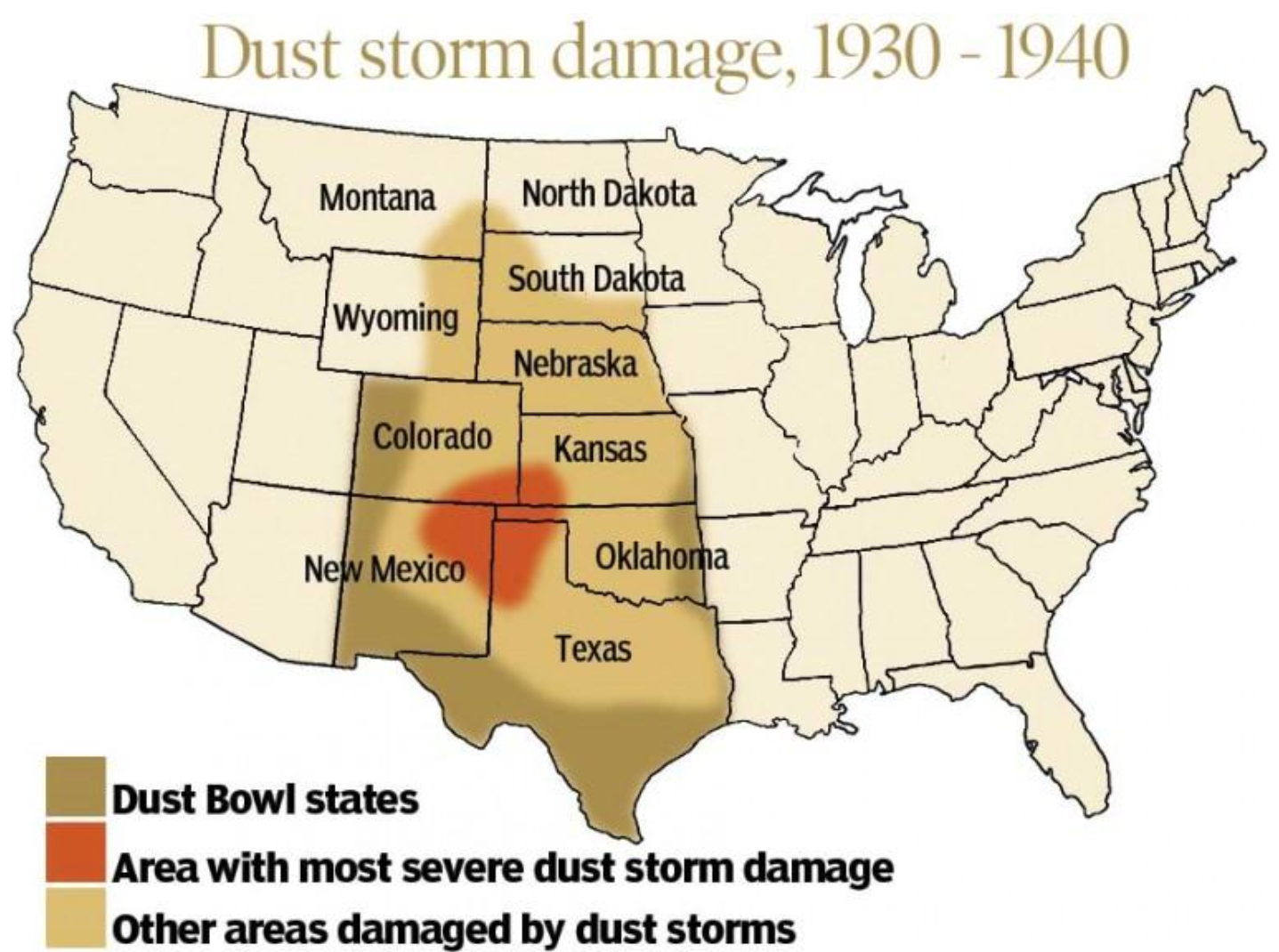Answer to either (or relate them in one answer):
1. Read Leo Marx's text in pp. 194-206, and comment on how what you read added to your understanding of "pastoralism" in the United States
2 Comment on the following image, called "American Landscape" (by Charles Sheeler, 1930) in light of Leo Marx's thinking:



2.Leo Marx, in "The Machine in the Garden", gives us a concept that I believe can be related to the image above, the "interrupted idyll." The idyllic represents calmness, the harmony that comes from nature, essentially an untouched landscape. However, at times, this can be "interrupted" by human intervention, through industrialization or technology. In this image, we see a factory in what would otherwise be an untouched landscape: the river represents nature, even if it appears quite static, while everything behind it refers to the "interrupted idyll," where machinery abruptly emerges.
ReplyDeleteI believe that, despite being a factory — and despite it being natural to associate factories with chaotic scenes due to the number of people working there — the painter managed to convey a strong sense of serenity. I think the absence of human figures contributes to this feeling, much like what happens in a painting of a natural landscape.
Charles Sheeler’s *American Landscape* (1930) aligns with Leo Marx’s insights from *The Machine in the Garden,* highlighting the tension between technological progress and pastoral ideals in American culture. Marx argued that American art often reflects a conflict between pastoral simplicity and industrial technology—the “machine in the garden.” In this piece, Sheeler replaces traditional scenery with a depiction of factories, railcars, and smokestacks, leaving little room for natural elements and underscoring the erasure of the organic. His precise lines and controlled palette raise machinery to an art form, revealing an ambivalence characterized by admiration for technology and concern over its consequences. The calm water reflects industrial structures, creating an unsettling human-made harmony that emphasizes alienation through the absence of figures. The title *American Landscape* invokes traditional pastoral themes while reinterpreting “landscape” as industry-dominated, illustrating the nation’s evolving identity. Ultimately, *American Landscape* highlights the contradictions of the American dream, portraying industrial progress while reflecting on what is lost in the process.
ReplyDeleteAfter reading Leo Marx, I got a better understanding of what “pastoralism” really means in the American context. Before I thought it was just about nature and peaceful countryside life, but Marx shows that it is more about the idea of escaping from the noisy, complicated world into a quiet, green space where life feels simpler and more meaningful. At the same time, this dream is always in conflict with reality, especially with machines, technology, and industrial progress.
ReplyDeleteIndeed, the painting “American Landscape” by Charles Sheeler is a good exaple of it. Even though it’s called a “landscape”, there’s almost no nature in it. Instead, we see factories, smokestacks, straight lines, even the water on the painting isn’t a river surrounded by trees, but it’s part of an industrial landscape. So I think the painting illustrates well Marx's idea of how technological progress pushed out the pastoral dream.